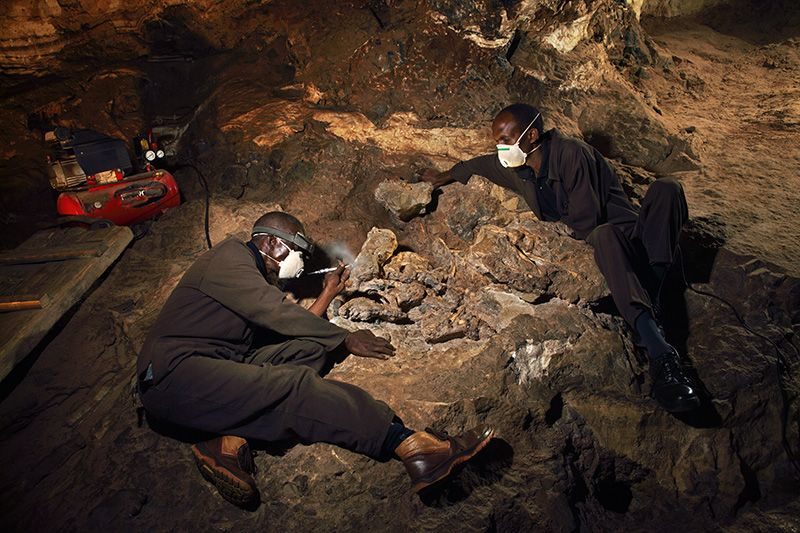
© Patrick Landmann/Science Photo LibraryPalaeoanthropologists recovering Little Foot from a rock inside a cave.
After a tortuous 20-year-long excavation, a mysterious ancient skeleton is starting to give up its secrets about human evolution.
The first of a raft of papers about 'Little Foot' suggests that the fossil is a female who showed some of the earliest signs of human-like bipedal walking around 3.67 million years ago. She may also belong to a distinct species that most researchers haven't previously recognized. "It's almost a miracle it's come out intact," says Robin Crompton, a musculoskeletal biologist at the University of Liverpool, UK, who has collaborated with the research team that excavated the skeleton.
As well echoing the mythical 'Bigfoot', the nickname Little Foot comes from the small size of the foot bones that were among the first parts of the skeleton to be discovered.
The first signs that there was an invaluable hominin specimen up for grabs came in 1994. Ronald Clarke, a palaeoanthropologist at the University of the Witwatersrand (Wits University) in Johannesburg, South Africa, was rifling through boxes of fossils at a field laboratory at the Sterkfontein caves, about 40 kilometres northwest of Johannesburg. He realized that a handful of small bones in the collection belonged to an early hominin.
He established that the bones were those of a species of
Australopithecus - ape-like hominins that were present in Africa between about 4 million and 2 million years ago, before the human genus Homo rose to dominance
1Clarke and his colleagues then found many more bones embedded in a matrix of solid rock deep in the Sterkfontein caves. They began carefully excavating Little Foot, piece by fragile piece, using hammers and chisels, followed by precision tools. The entire process took them almost 20 years.
"The fossilized bone is actually softer than the matrix,' says Crompton. "It's been an absolute devil to get it out."




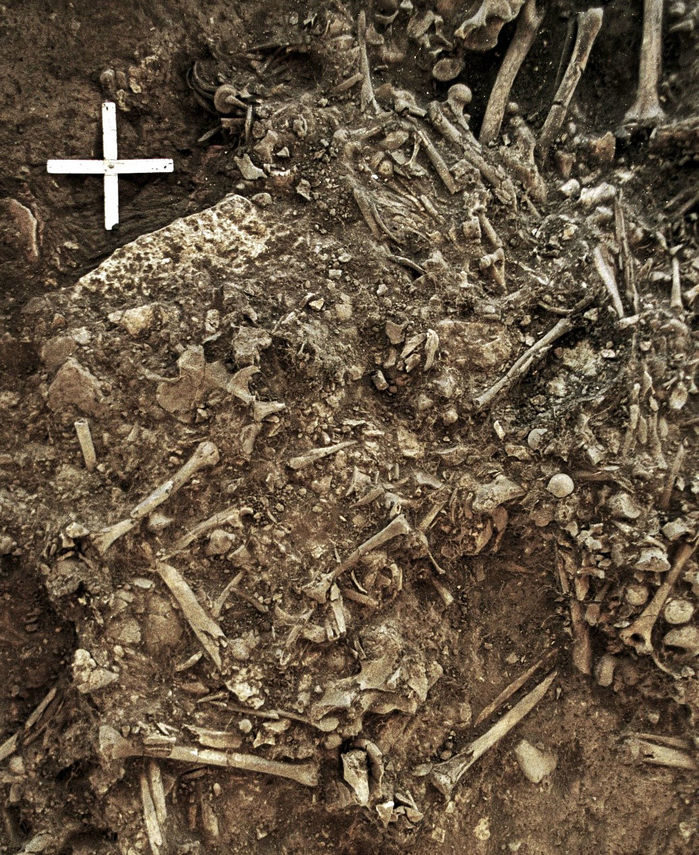
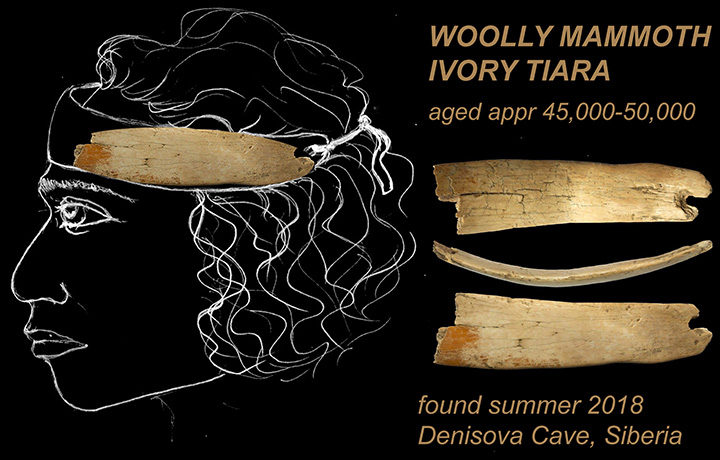
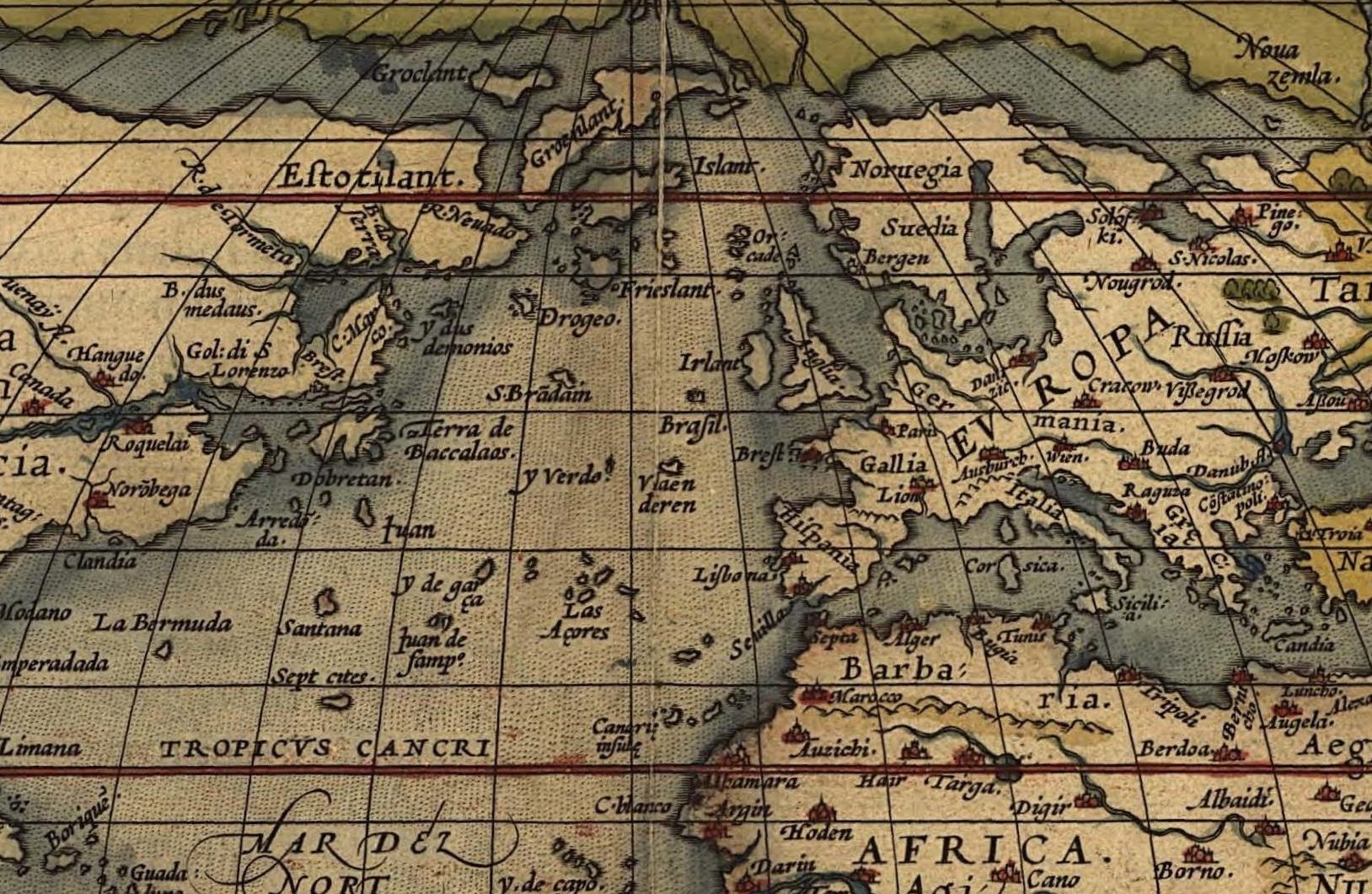
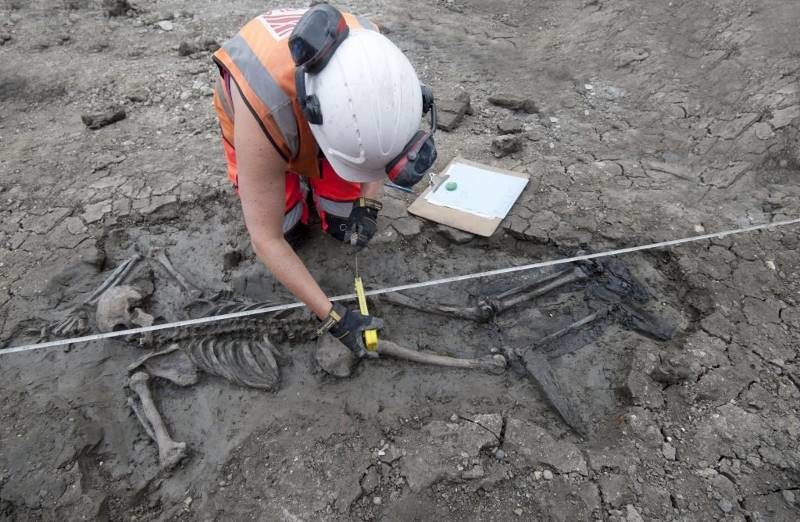





Comment: Philip Weiss comments: